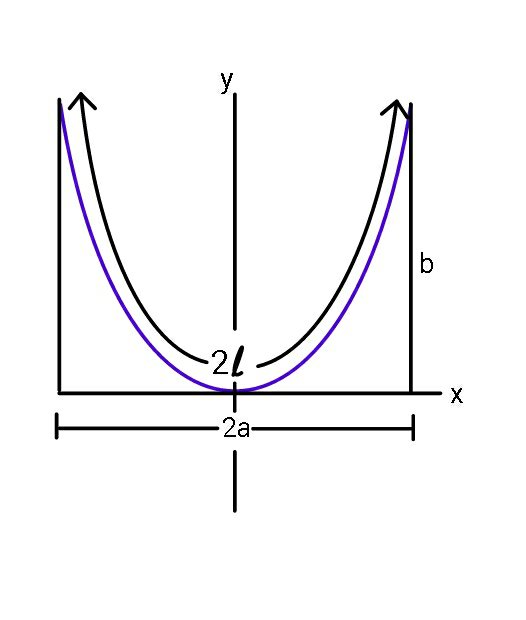
AllQuestion and Answers: Page 1512
Question Number 60013 Answers: 0 Comments: 0

Question Number 60010 Answers: 1 Comments: 1

Question Number 60007 Answers: 1 Comments: 0
Question Number 60006 Answers: 0 Comments: 4
$${li}\underset{{x}\rightarrow\mathrm{0}} {{m}}\frac{{x}^{{x}} }{{x}}=? \\ $$
Question Number 60001 Answers: 0 Comments: 0

Question Number 60000 Answers: 0 Comments: 11
Question Number 59999 Answers: 0 Comments: 0
Question Number 59998 Answers: 1 Comments: 3
$${find}\:\int\:\frac{{dx}}{{acosx}\:+{bsinx}}\:\:{with}\:{a}\:{and}\:{b}\:{reals} \\ $$
Question Number 59997 Answers: 1 Comments: 0
Question Number 59992 Answers: 1 Comments: 1

Question Number 59991 Answers: 0 Comments: 2

Question Number 59990 Answers: 0 Comments: 0

Question Number 59987 Answers: 0 Comments: 0

Question Number 59977 Answers: 1 Comments: 0
Question Number 59961 Answers: 0 Comments: 2

Question Number 59960 Answers: 1 Comments: 0

Question Number 59974 Answers: 1 Comments: 0

Question Number 59957 Answers: 0 Comments: 0

Question Number 59956 Answers: 0 Comments: 0

Question Number 59958 Answers: 0 Comments: 0

Question Number 59946 Answers: 1 Comments: 1

Question Number 59942 Answers: 1 Comments: 0
Question Number 59936 Answers: 1 Comments: 0

Question Number 59935 Answers: 0 Comments: 1
Question Number 59932 Answers: 0 Comments: 0

Question Number 59929 Answers: 0 Comments: 0
Pg 1507 Pg 1508 Pg 1509 Pg 1510 Pg 1511 Pg 1512 Pg 1513 Pg 1514 Pg 1515 Pg 1516
